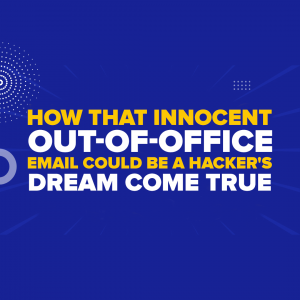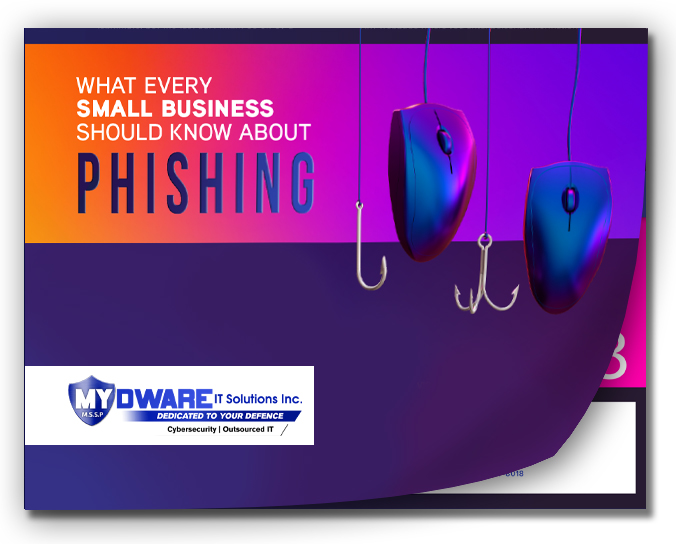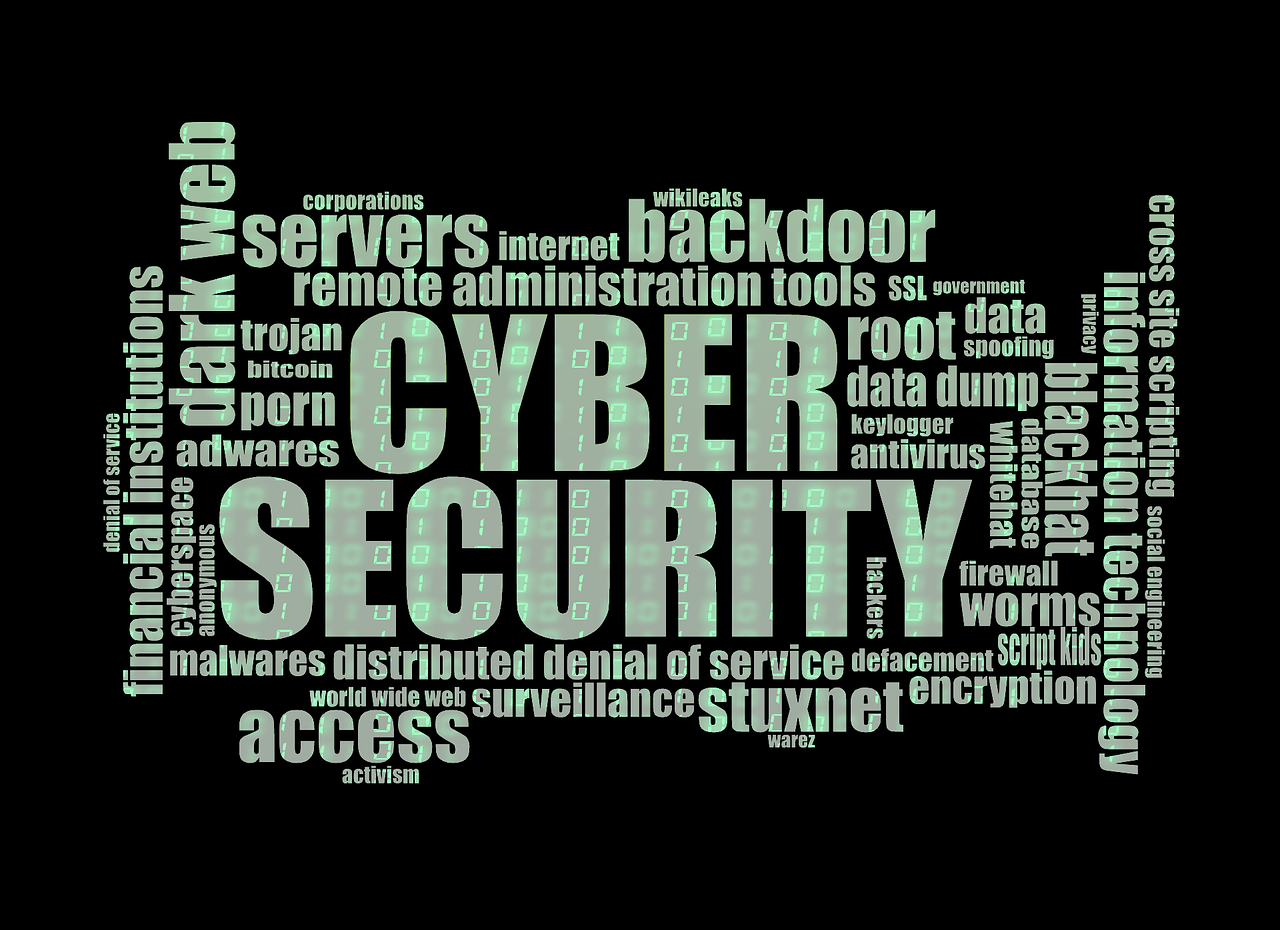 You’ve packed your bags, set your vacation responder, and shut the laptop. Now it’s beach mode. But your inbox? It’s spilling details to cybercriminals the second you walk away. Out-of-office (OOO) auto-replies are helpful for clients—but they’re also a goldmine for scammers.
You’ve packed your bags, set your vacation responder, and shut the laptop. Now it’s beach mode. But your inbox? It’s spilling details to cybercriminals the second you walk away. Out-of-office (OOO) auto-replies are helpful for clients—but they’re also a goldmine for scammers.
Book a FREE cybersecurity risk assessment NOW to lock down your inbox before it starts leaking information while you’re on vacation.
How Your Auto-Reply Becomes a Scammer’s Playbook
Most auto-replies give away way more than they should. And the more they reveal, the easier it is for hackers to impersonate you—or target your coworkers.
A typical auto-reply often includes:
- Your full name and job title
- Exact dates you’re unavailable
- The names and emails of backup contacts
- Details about where you’re going (“I’m attending a sales summit in Toronto”)
With this info, hackers craft convincing phishing emails timed for when you’re offline. That’s how business email compromise (BEC) attacks start—and they’re not slowing down in 2025. See why phishing scams are getting smarter and harder to catch in real-time.
The Scam in Action: What It Looks Like
Here’s how it plays out:
1. Auto-Reply Sends Info to the Wrong Person
Scammers now know you’re away and who to contact in your absence.
2. They Send a Fake Email Posing as You
It looks legit and feels urgent—usually a wire transfer request, password update, or invoice approval.
3. Your Team Acts Fast, Without Question
Because it seems like it’s from you, your assistant or colleague might act before verifying.
That’s how $45,000 vanishes without anyone realizing until you’re back.
This gets even riskier if your team travels a lot. Read 3 reasons vacation travel scams are on the rise to understand how travel opens the door for targeted cyberattacks.
How to Write a Safer Auto-Reply and Prevent Business Email Attacks
A vacation email doesn’t have to invite risk. A few tweaks to your process can shut scammers out—while keeping things professional.
1. Remove Specific Names and Dates
Don’t say where you’re going or list exact dates. Keep it vague.
Example: “I’m currently out of the office and will respond upon my return. For urgent matters, contact our main office.”
2. Train Your Staff to Pause Before Acting
Make it policy to verify any sensitive request through a second channel—especially when it’s “urgent.”
3. Invest in Smart Email Protection Tools
Spam filters, anti-phishing AI, and domain protection help prevent fakes from landing in inboxes.
4. Enable MFA for All Email Accounts
Even if someone’s credentials get stolen, MFA stops attackers from getting in.
Need more guidance? Here’s the only browser you need to avoid a data leak if you’re still browsing with outdated settings.
5. Monitor, Detect, Respond
A proactive IT partner can spot weird login attempts and suspicious email behaviour fast.
Going Away Shouldn’t Mean Leaving Your Business Exposed
Vacations are necessary. But security doesn’t take time off. A simple auto-reply can set off a scam chain reaction—unless your systems are built to stop it.
Book a FREE cybersecurity risk assessment NOW and let’s review your email security setup before the next trip leaves your inbox open to attack.
Darryl Cresswell
CEO & President
MYDWARE IT Solutions Inc.




